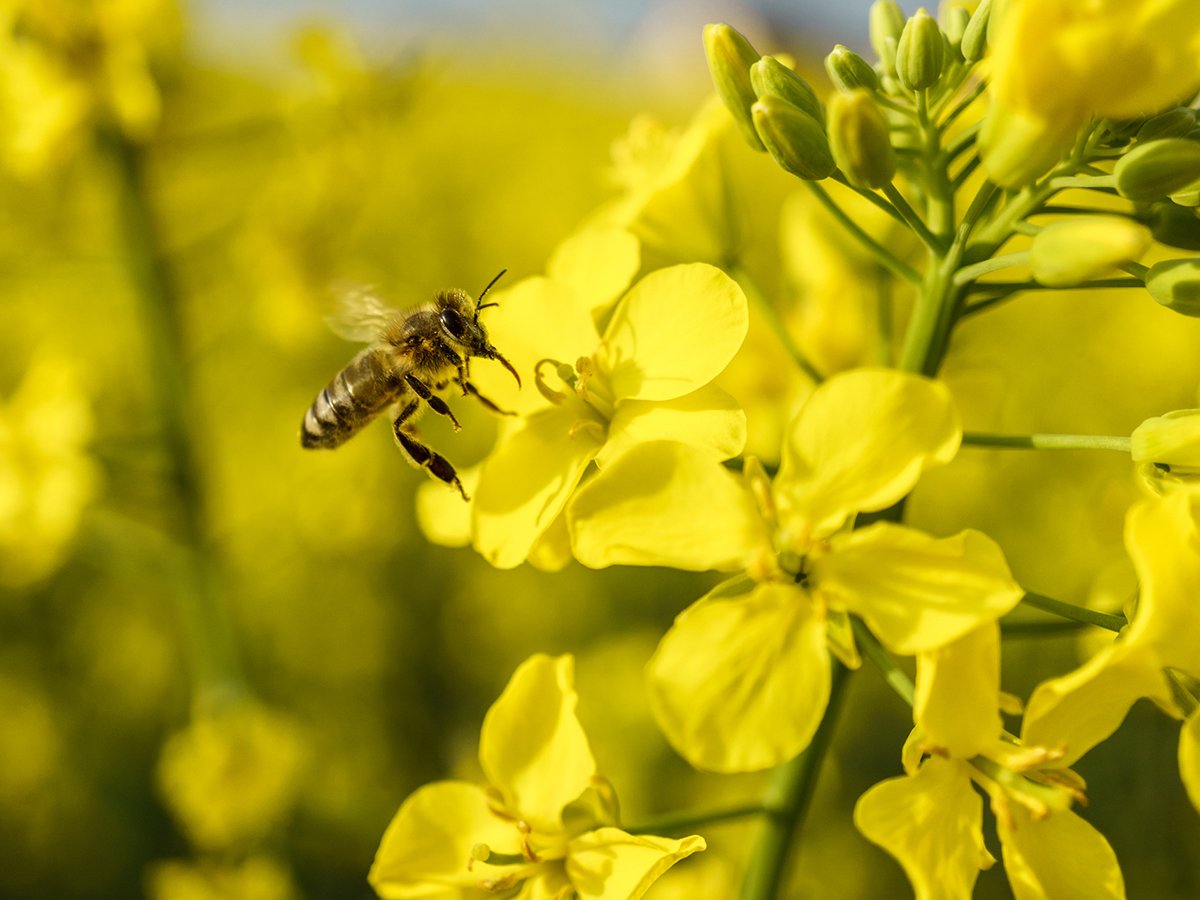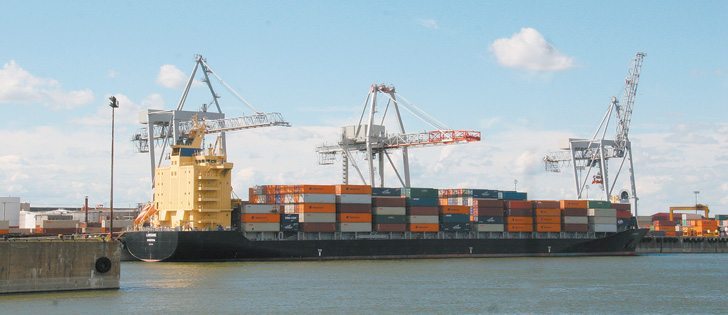It’s about time that Canadian food producers enjoyed oversight legislation that did not make them, in some respects, second class citizens in their own country.
Imported food has generally flowed into Canada with less evaluation than food that is locally grown or processed. And there is much to evaluate: Canada imports food from 190 countries, amounting to more than $28 billion in 2010.
Imported food should be at least as strictly regulated as Canadian grown and processed food, from both safety and competition perspectives. While not all imports compete directly with Canadian products, there is considerable cross-over with food ranging from bakery products to fat and oil.
Read Also

Invigor Gold variety viewed as threat to condiment mustard
Invigor Gold, the canola-quality mustard developed by BASF, is on a collision course with Canada’s condiment mustard industry. It’s difficult to see how the two can co-exist.
The Conservative government’s recent legislation, the Safe Foods for Canadians Act, is partly intended to improve on imported food inspection and regulation. It will consolidate several other pieces of legislation to theoretically provide a more streamlined food safety process.
The act, which has passed second reading in the Senate, came out of the Weatherill report on the 2008 listeriosis outbreak. It recommended that the government “modernize and simplify federal legislation and regulations that significantly affect food safety.”
This looks like it may be a piece of legislation that, at least in intent and theory, the government is managing to get right. Even some farmers agree with it. Ontario Federation of Agriculture president Mark Wales recently described it as an improvement.
“Levelling the playing field for imports has been a long-standing issue for OFA members,” he said in a statement. “New import controls will include the power to prohibit the importation of unsafe food commodities.”
This has long been an issue. As the Canadian Food Inspection Agency points out, imports pose control challenges because there is less information on, or direct control over, foreign manufacturing processes and the resulting products.
Under the new legislation, importers will require a licence from the CFIA, complete with a licence fee. The licence will not be a simple identification tool. It will signify that the importer has developed a written preventive food safety control plan, which outlines “the actions and measures that the importer takes to make sure their food is safe and complies with Canadian legislation,” says the CFIA.
In addition, the importer will have to maintain its records at a Canadian location, have a written recall plan and notify the CFIA within 24 hours if any public hazard issues arise.
Another potentially beneficial part of the act is that it will give the CFIA authority to certify Canadian food for export. Because official certification is being demanded by importing countries, this could smooth the path for food exporters and open up new markets.
However, the question remains whether there are enough CFIA inspectors to put teeth into the legislation. After the federal budget was released in March, there was considerable outcry about a reduction in front-line inspectors, coming largely from the Public Service Alliance of Canada, the union representing the inspectors.
The CFIA has said that the number of field inspection staff was 3,534 in March, 500 more than six years ago. However, PSAC has said that many of those additional inspectors were auditing reports and not actually inspecting food. If there are too few inspectors, the legislation will be relatively meaningless.
It is also not yet clear how much more inspection, if any, will take place. PSAC estimates the present amount at two percent, and those inspections are mainly to check for biosecurity rather than safety of consumption.
The theory behind the Safe Foods Act has merit. The government has to make certain that it also works in practice.














